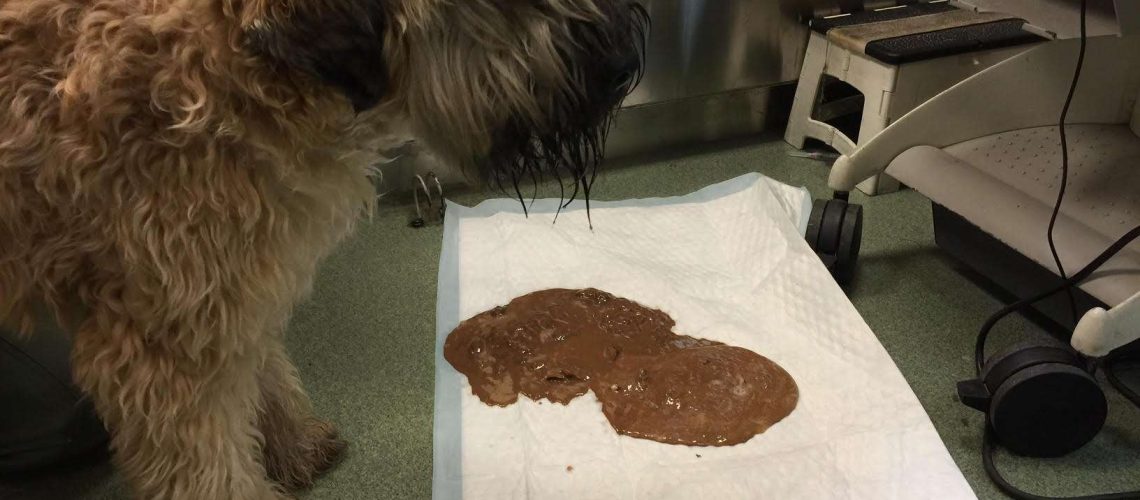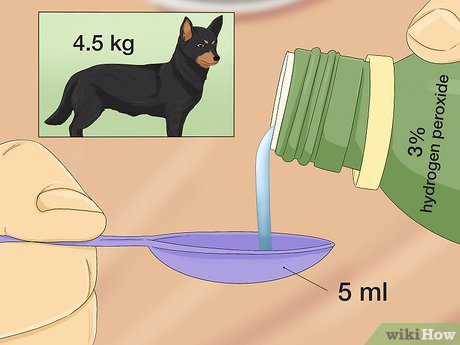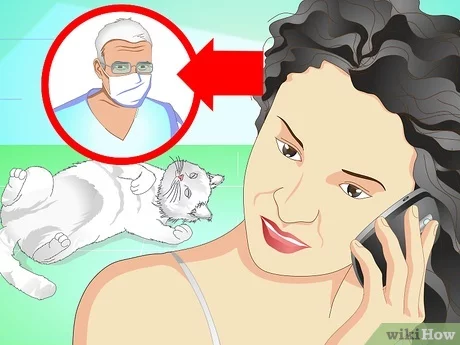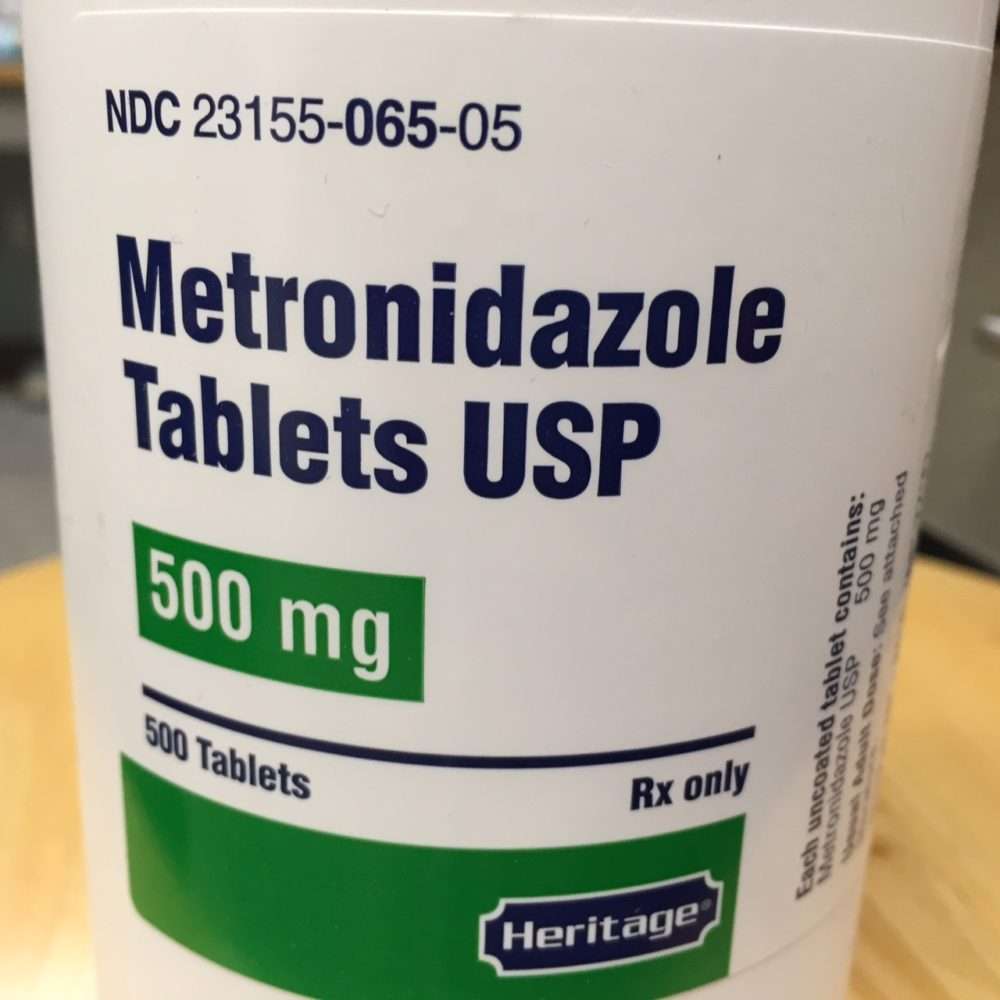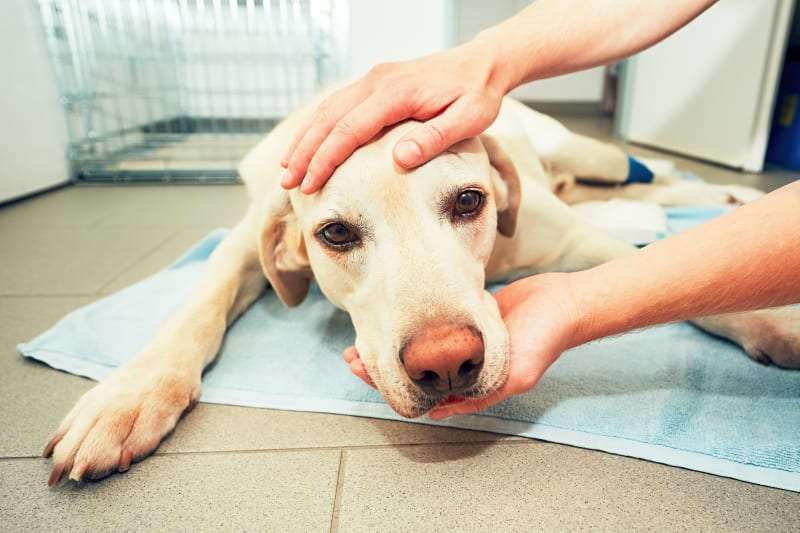Key Takeaways:
- Inducing vomiting in dogs can be an effective way to remove toxins from their system quickly.
- It is important to consult a veterinarian before inducing vomiting, as certain toxins may require alternative treatment methods.
- Hydrogen peroxide is commonly used to induce vomiting in dogs, with the recommended dosage being 1 teaspoon per 10 pounds of body weight.
- Vomiting should only be induced within a specific time frame after toxin exposure, typically within 2 hours, as it becomes less effective and potentially harmful after this period.
- After inducing vomiting, it is crucial to monitor the dog for any signs of distress or complications and seek immediate veterinary care if necessary.
Are you a dog owner who wants to keep your furry friend safe from potential toxins? If so, understanding how to induce vomiting in dogs after toxin exposure is essential knowledge that can save your pet's life. Imagine the peace of mind that comes with knowing exactly what to do in an emergency situation. With this topic, we will explore the value of being prepared and delve into the step-by-step process of safely inducing vomiting in dogs. By the end, you'll have the tools and knowledge to protect your four-legged companion when it matters most. So let's jump right in and empower ourselves with life-saving information for our beloved pets!
The Purpose of Inducing Vomiting in Dogs After Toxin Exposure
When a dog ingests something harmful, inducing vomiting can be a crucial first step in preventing further harm. By causing the dog to vomit, we aim to remove the toxin from their stomach before it has a chance to be absorbed into their body. This is especially important if the toxin is known to be dangerous or if a large amount has been consumed.
Inducing vomiting helps to minimize the potential damage caused by toxins and allows for faster elimination from the body. However, it is important to note that not all toxins can be safely removed through vomiting. Some substances, such as corrosive chemicals or sharp objects, may cause more harm if brought back up. In these cases, it is best to seek immediate veterinary care.
Signs that a Dog Ate Something Harmful and Needs Vomiting Induced
If you suspect your dog has ingested something harmful, there are several signs you can look out for that may indicate the need for inducing vomiting:
- Vomiting or retching without producing anything
- Lethargy or weakness
- Loss of appetite
- Abdominal pain or discomfort
- Excessive drooling or foaming at the mouth
If you notice any of these symptoms, it is essential to act quickly and contact your veterinarian for guidance on whether inducing vomiting is necessary.
Risks and Complications of Inducing Vomiting in Dogs
While inducing vomiting can be an effective way to remove toxins from a dog's system, it also carries some risks and complications:
- Ingesting certain substances can cause additional damage when brought back up, such as corrosive chemicals or sharp objects.
- If a dog is unconscious, experiencing seizures, or unable to swallow properly, inducing vomiting may not be safe or effective.
- Some toxins are rapidly absorbed into the bloodstream and may cause harm before vomiting can occur.
It is crucial to consult with a veterinarian before attempting to induce vomiting in your dog. They can assess the situation and provide guidance on the best course of action based on the specific toxin involved and your dog's overall health.
Treating Different Types of Toxins: When Inducing Vomiting is Not Enough
While inducing vomiting can be helpful in many cases, some toxins require additional treatment beyond just removing them from the stomach. Here are a few examples:
Ingested Poisons:
If a dog has ingested certain poisons, such as rat poison or antifreeze, they may require specific antidotes or treatments to counteract the effects of the toxin.
Corrosive Substances:
If a dog has swallowed a corrosive substance like bleach or drain cleaner, inducing vomiting could cause further damage to their throat and esophagus. In these cases, it is best to seek immediate veterinary care for appropriate treatment.
Sharp Objects:
If a dog has swallowed something sharp like a needle or piece of glass, inducing vomiting could potentially cause internal injuries. It is safer to consult with a veterinarian who can determine if surgery or other interventions are necessary.
Safe and Effective Methods for Inducing Vomiting in Dogs at Home
If you have received guidance from your veterinarian and need to induce vomiting at home, there are two common methods that can be used:
- Hydrogen Peroxide: Administering a small amount of hydrogen peroxide orally can stimulate vomiting in dogs. The recommended dosage is typically 1 teaspoon per 10 pounds of body weight, up to a maximum of 3 tablespoons. It is essential to consult your veterinarian for the appropriate dosage based on your dog's size and condition.
- Apomorphine: This medication is available by prescription from a veterinarian and can be given as an injection or placed under the eyelid. Apomorphine quickly induces vomiting, but it should only be used under veterinary supervision due to potential side effects and proper administration techniques.
It is crucial to follow your veterinarian's instructions carefully when using these methods and to monitor your dog closely during the process.
Ensuring Safety and Recovery After Inducing Vomiting in Dogs
After inducing vomiting, there are several steps you can take to ensure your dog's safety and aid in their recovery:
- Monitor them closely for any signs of distress or complications.
- Keep them hydrated by offering small amounts of water frequently.
- Avoid feeding them immediately after vomiting to allow their stomach to settle.
- Contact your veterinarian for further guidance or if any concerning symptoms persist.
If at any point you are unsure about what to do or if your dog's condition worsens, it is important to seek immediate veterinary care for professional assistance and support.
In conclusion, inducing vomiting in dogs after toxin exposure can be a helpful way to prevent further harm. It is important to consult a veterinarian before attempting this method to ensure the safety and well-being of the dog.
How do you induce vomiting in a poisoned dog?
When given by a vet, hydrogen peroxide is generally deemed safe for inducing vomiting in dogs. (May 23, 2019)
When should you not induce vomiting in a dog?
Do not induce vomiting in cases where the substance ingested would cause more damage if it were to come back up. This includes caustic substances like strong acids or bases, as well as substances that can be inhaled, such as petroleum distillates.
How do you induce vomiting after being poisoned?
Typically, a person will thoroughly wash their hands and then position themselves in front of either a toilet or sink. They will then insert their index and middle fingers into their throat to activate the gag reflex, which leads to gagging and eventually vomiting.
Is there a way to induce vomiting in a dog?
Gently open your dog's mouth and give them 3% hydrogen peroxide as far back in their mouth as possible. You can use a syringe or a clean turkey baster, making sure your dog doesn't inhale the hydrogen peroxide. The hydrogen peroxide should cause your dog to vomit within approximately 10 to 15 minutes.
What happens if a dog doesn't throw up after hydrogen peroxide?
If your dog does not vomit within 10 minutes, administer another dose of hydrogen peroxide. If vomiting still does not occur after the second dose, it is necessary to take your dog to the veterinarian who will use a stronger medication to induce vomiting.
Can you induce vomiting in dogs at home?
The safest way to induce vomiting in a dog at home is by using hydrogen peroxide.



